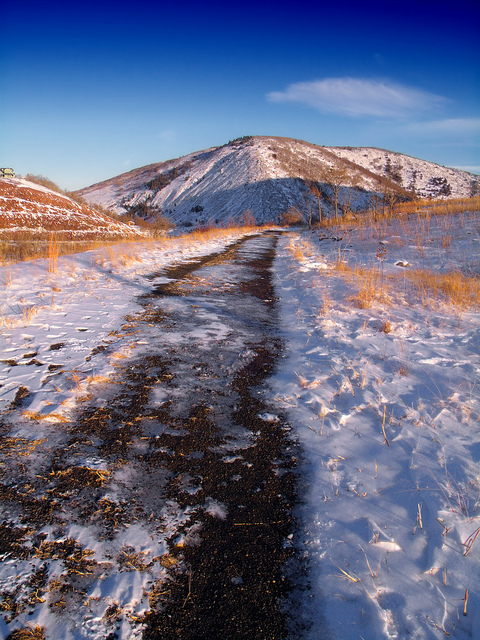Roads go ever on, the author said. Often the question is not where one is going, but how long it takes to get there. Does anyone know?
 Photo courtesy Nicholas_T at Flickr
Photo courtesy Nicholas_T at Flickr
Not long into my hike on the Appalachian Trail I met day-hikers and southbounders asking me a common question: how far is it to _____? (campsite, shelter, road crossing, etc.) I would provide my best estimate, they’d be on their way, but I was left feeling a bit incomplete about the encounter, as if the information I had given was not of much use. Later on I learned that a mile is an easy hike for one person and a grueling trek for another. In those cases, distance has less meaning that time. As a result, I would tell someone “how far” based on how long it had taken me to leave that particular point. For instance, I would say “It’s about half an hour,” if it had taken me that long to walk from the requested landmark. I would modify this advice depending on…
View original post 68 more words







